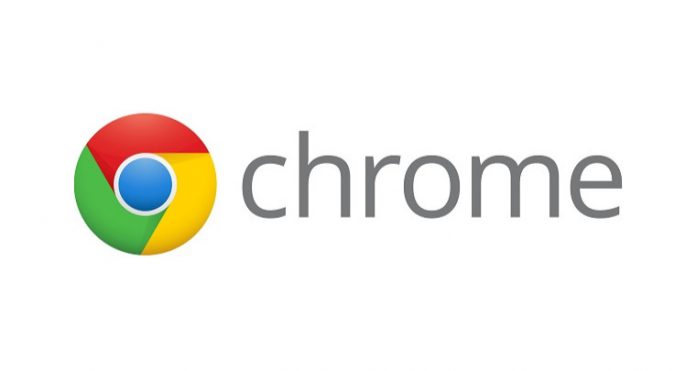“We see nothing that indicates that Cioffi intended its invention to do anything other than protect ‘critical files’ as that concept is widely understood by those of skill in the art.” The statement references an earlier filing by Alfonso Cioffi and Allen Rozman in 2013. The technology in question is Chrome’s sandbox feature, which isolates suspicious content in a separate browser process. A federal court judge dismissed the case in 2014 following an agreement that “web browser process” did not meet the judge’s interpretation. After the death of Rozman, his family and Cioffi appealed the decision. The court found that the judge’s definition was erroneous. Google appealed the Supreme Court but it declined the request. Instead, the case went to the Texas district court. Alphabet Inc. maintains that the patents were “intentionally generic” and are therefore invalid.
Not The First Time
This isn’t the first patent trouble Google has run into with Chrome. In 2012, the company was sued over its mobile apps. EMG technology claims Google’s browser infringes on its mobile web page navigation system. EMG made similar filings against Apple and Microsoft. The patent describes the method “method of manipulating a region on a wireless device screen for viewing, zooming and scrolling internet content.” It’s not known if Google will do more to fight the recent decision.In an email statement, the company said, “we are evaluating our options”. As it stands, the company will have to adjust its payments with the popularity of Chrome. The total amount could reach up to $65 million over nine years. “We’re excited,” said attorney Eric W. Benisek to Law360. “After four years and an appeal, we finally got our day in court.”




